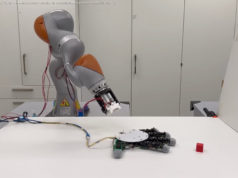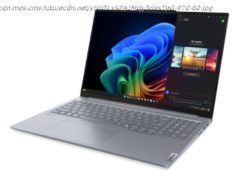The Sony Xperia 1 IV and Google Pixel 7 Pro both have a lot going for them, but which should you buy?
There’s never been more choice at the top of the smartphone market. Case in point: the Sony Xperia 1 IV and the Google Pixel 7 Pro.
One is a power user’s dream, offering unmatched manual control and a near obsessive focus on optimizing the media playback experience. The other sports an unprecedented degree of smart automation, making even advanced tasks feel effortless.
So which is the more complete smartphone vision? Which is the better device for most people? We’ve used both phones extensively, so let’s see if we can come up with a definitive verdict.
The Sony Xperia 1 IV arrived in the UK and Europe on June 16, 2022, with a US launch following on September 1. It’s not available in Australia.
The US gets the range-topping 512GB model, which costs $1,599. In the UK and Europe, we get the 256GB model for £1,299.
The Pixel 7 Pro hit the market on October 13, 2022. Prices start from $899 / £849 / AU$1,299 for the 128GB model, while you can also double your storage to 256GB for $999 / £949 / AU$1,449.
Both in terms of pricing and availability, then, it’s a comfortable win for the Pixel 7 Pro.
Neither of these phones could be accused of sporting revolutionary designs, with both looking a lot like their immediate predecessors.
The Sony Xperia 1 IV looks almost identical to the Xperia 1 III, with the same flat surfaces and the same stealthy matte aluminum rim. While it’s an understated look, you’ll immediately notice how tall it is, thanks to a 21:9 display and chunky bezels.
On the negative side, this makes the Xperia 1 IV look a little dated, while web and app content can feel a little squeezed. On the plus side, it has room for true front-firing stereo speakers, and there’s no ugly display notch or punch-hole.
Google’s design is much flashier, with a curved display and a shiny, width-spanning camera ‘visor’. It’s a little too fingerprint and scratch prone for our liking, but it’s undoubtedly attractive. This time around, the aforementioned camera visor is all metal, and it melts out of the aluminum frame of the phone.
The Sony might be a little taller, but at 165 x 71 x 8.2mm, it’s narrower and thinner than the 162.9 x 76.55 x 8.9mm Pixel 7 Pro. It’s also quite a bit lighter at 185g, compared to the Google phone’s 212g.
There are differing approaches to fingerprint sensors at play here. Sony packs its biometric sensor into the power button on the right hand edge, while Google goes with an in-display method. Google’s system is arguably more advanced, and it lets you unlock the phone when it’s sat on a table, but we don’t have a huge preference either way.
Sony’s phone is notable for its greater range of physical controls and ports. This includes a physical two-stage camera shutter button and a 3.5mm headphone jack, reflecting its enthusiast focus.
Both phones have IP68 certification, but the Sony goes even further with additional IP65 accreditation. It’s likely to fare better where lots of water is involved.
These are two of the best displays on the market, but there’s undoubtedly more to talk about with the Xperia 1 IV.






